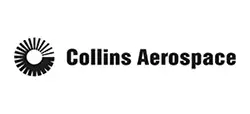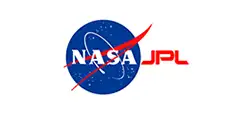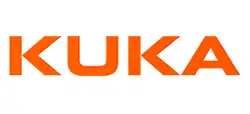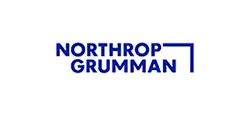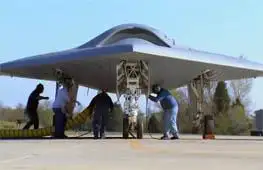VxWorks: Modern, Future-Proof, and Always Real-Time
Meet the VxWorks RTOS
VxWorks Customer Success Stories
See how our customers are finding success with VxWorks and our award-winning support services.
How VxWorks Helped
No multi-core design had ever been certified to avionics safety standards at the highest level of criticality on multiple cores. Then Wind River and Collins Aerospace collaborated on design, problem solving, and certification processes to achieve FAA CAST-32A multi-core certification objectives as part of the DO-178C DAL A certification process. For development flexibility, they chose VxWorks 653 Multi-core Edition, which enables multiple guest operating systems to run at different levels of safety criticality on a single hardware platform.
The Results
Together, Collins Aerospace and Wind River reduced certification risks while increasing available processing resources. Their collaborative approach to achieving DO-178C DAL A certification on multi-core bore the potential to fundamentally change the avionics industry. Their story is shared in a detailed article along with technical insights and best practices.
How Vxworks Helped
VxWorks has played a central role in the historic, ongoing mission of the Mars rover Curiosity, providing the core operating system of the spacecraft control system. NASA’s Jet Propulsion Laboratory (JPL), the lead U.S. center for robotic exploration of the solar system, has used VxWorks as its mission-critical OS brain for more than two decades. The total cost of the Curiosity project is approximately $2.5B and represents nearly a decade of passion and work, so the stakes are high, and a fail-proof, resilient RTOS is a core requirement.
The Results
On August 6, 2012, NASA advanced space exploration exponentially when it landed Curiosity in the Gale Crater on Mars. Curiosity was the most technologically advanced autonomous robotic spacecraft and geologist set ever to be deployed by any space venture. The groundbreaking mission is determining whether Mars is or has ever been capable of supporting life and is assessing its habitability for future human missions.
How VxWorks Helped
When KUKA Robotics wanted to introduce a new, more intelligent PC-based controller, the KR C4, the developers needed a software platform that could support multi-core processing to integrate management of robot, motion, sequence, and process control. They wanted to add functionality, including safety and connectivity, while reducing hardware costs. To meet all these needs, KUKA chose the VxWorks real-time operating system as the foundation for its robots. VxWorks enabled the team to cut costs and drive higher performance by replacing hardware-based functionality with software-based tasks.
The Results
The KR C4 represented a breakthrough for KUKA in its consolidation of control, HMI, and safety on a standard PC-based platform. The company developed an architecture supporting multiple integrated controllers that share a common database and infrastructure, with the scalability to handle workloads of varying criticality. With VxWorks, KUKA reduced its development risks and delivered an innovative product on time.
How VxWorks Helped
AgustaWestland wanted to deliver an innovative, futuristic aircraft in record time. To establish a breakthrough in vertical flight, the company’s goal was to design an all-electric rotorcraft in just six months. Project Zero is an unmanned, all-electric tilt rotor aircraft that hovers like a helicopter and converts to a fixed-wing aircraft in forward flight. AgustaWestland selected VxWorks 653 for its high performance, reliability, and ability to address the safety and security requirements of mission-critical applications.
The Result
The project team used the High-Integrity Flight Control Computer (Hi-FCC) platform developed by Selex ES, based on a Freescale (now NXP) Power Architecture® processor and VxWorks 653. This allowed the design team to use a mature, efficient platform combined with a high-quality software stack, with great support from both companies — reducing overall development and deployment time.
How VxWorks Helped
The Navy wanted to know whether an unmanned combat air system (UCAS) could operate safely and autonomously from aircraft carriers and be able to refuel in flight. Northrop Grumman responded with the X-47B, a 38-foot-long tailless unmanned aircraft designed to stealth specs, and it chose VxWorks as the software platform for the demonstrator program. Project partner GE Aviation also chose VxWorks as the foundation for its common core system, the backbone of UCAS-D computers, networks, and interfacing electronics.
The Results
VxWorks enabled Northrop Grumman to rapidly create, deploy, and maintain its safety-critical control system. Proven commercial off-the-shelf (COTS) certification products from Wind River helped the company rapidly and cost-effectively develop highly complex systems that meet rigorous military and commercial safety standards. In 2013, in recognition of this “great achievement in aeronautics and astronautics,” the U.S. Navy, Northrop Grumman, and the X-47B industry team, including Wind River, received the prestigious Robert J. Collier Trophy.
Related Resources

E-Book
Once isolated and purpose-built, embedded systems are increasingly defined by software, requiring more connectivity, reliability, and flexibility.

Web Seminar
Edge computing is forcing software consolidation close to data sources. Learn how to choose the real-time option most applicable to your use case.
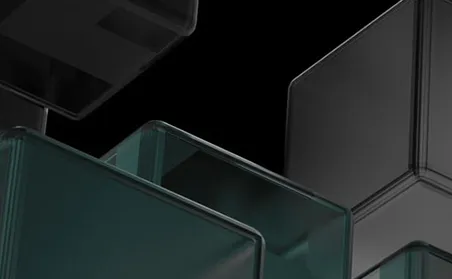
White Paper
Learn how containers bring portability, security, and manageability to embedded software development and distribution.

Webinar Series
Join Wind River technical experts for a deeper-dive look at the technologies shaping embedded development and the evolving new world of intelligent systems.


